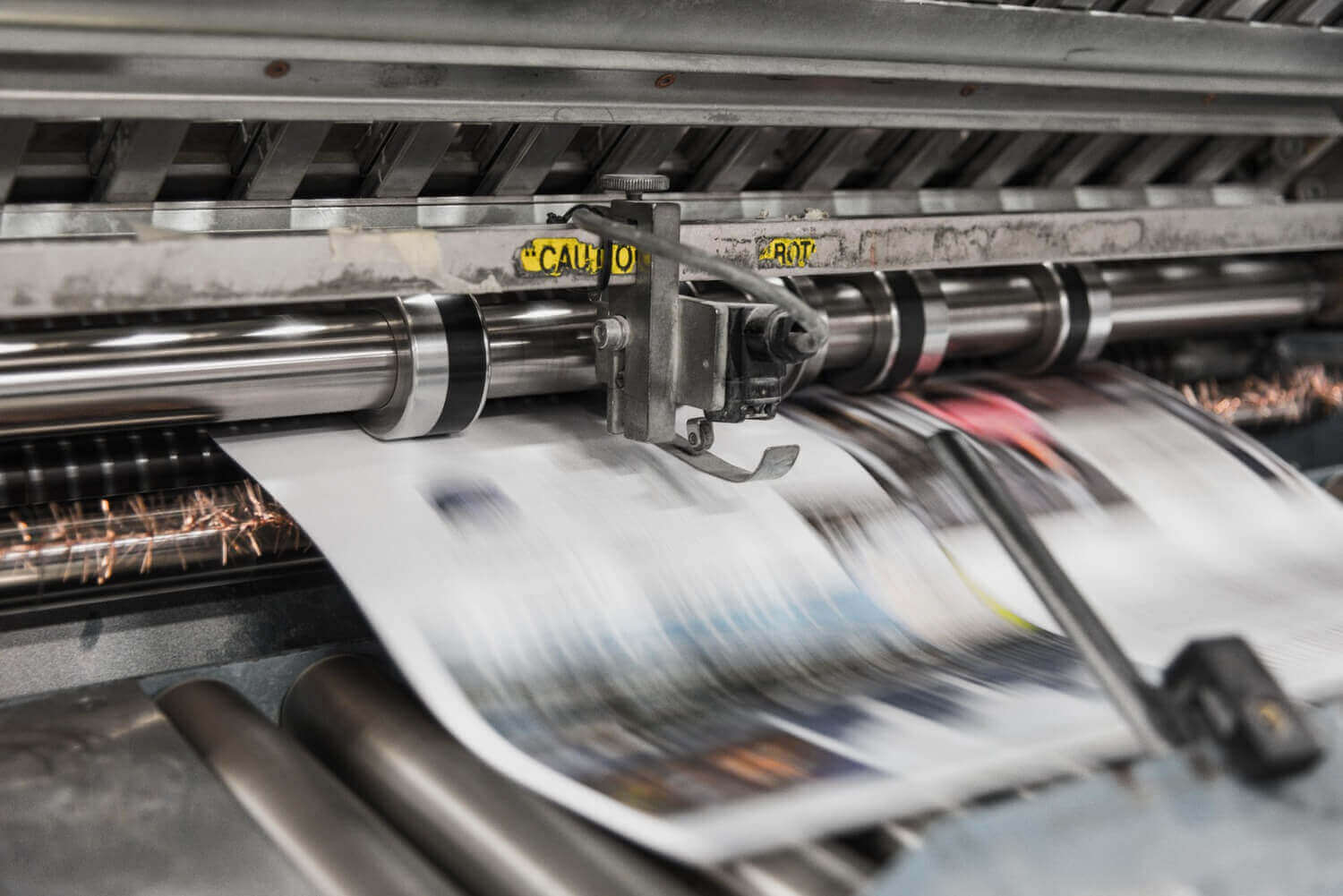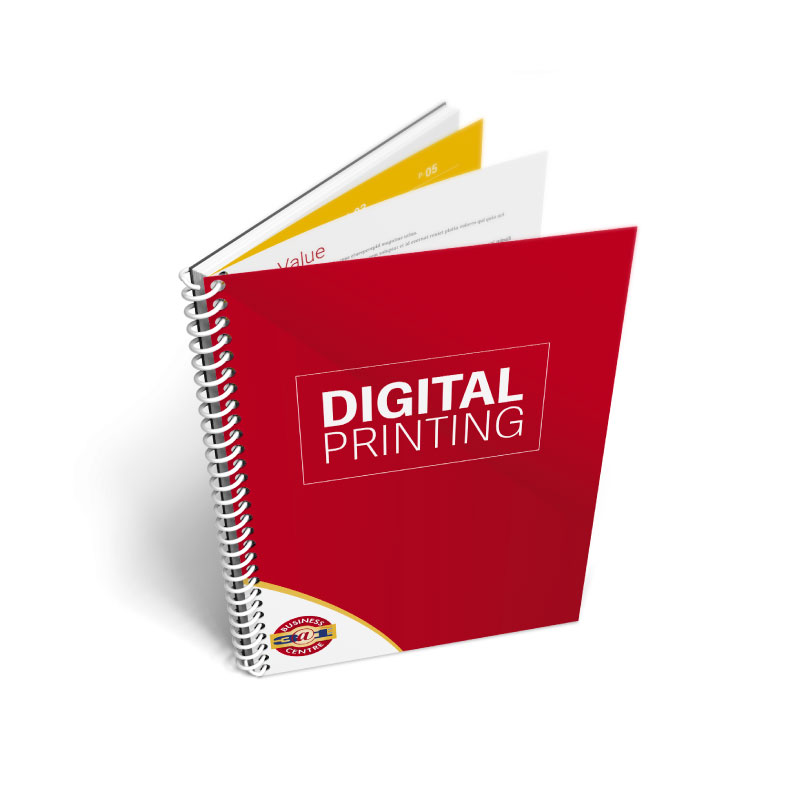Many artists are turning their work into profit through print on demand.
Many artists are turning their work into profit through print on demand.
Blog Article
Understanding How Digital Printing Changes the Printing Sector
The printing sector, long steeped in typical approaches, is going through a radical makeover with the advent of electronic printing. This ingenious innovation, which eschews the requirement for publishing plates, enables fast production and personalization, improving the landscape of print communication. With its potential to stimulate engagement through personalized content and to offer lasting remedies, it's clear that digital printing is more than a technical innovation; it's a pivotal video game changer. Exactly how exactly does it reinvent the market? Allow's explore.
The Advancement of Digital Printing: A Brief Overview
Because its creation, digital printing has actually undertaken substantial improvements, consistently revolutionizing the printing sector. Its advancement started with the development of xerography in the mid-20th century, a procedure which prepared for printer. With the advent of the 90s, electronic printing technology began to mature, and the sector witnessed the introduction of direct imaging presses, which eliminated the need for publishing plates. As the brand-new millennium unravelled, advancements in innovation even more spurred the growth of electronic printing, resulting in the creation of high-speed inkjet printers. These devices used exceptional quality and rate, permanently transforming the landscape of the industry. Today, electronic printing stands as a testament to human innovation, constantly progressing to satisfy the ever-changing needs of the modern-day globe.

Unboxing the Modern Technology Behind Digital Printing
Looking into the complexities of electronic printing modern technology, one encounters a rich tapestry of innovative machinery and facility formulas. At the heart of this procedure exists an electronic image, which is processed by software that splits it into a grid of dots. These dots are then transformed right into an electronic code. This code is translated by the printer, which utilizes it to precisely transfer droplets of ink onto the substrate. The droplets are so tiny and precise that they develop an image that is practically indistinguishable from the original. find out This detailed system, bolstered by advanced software and high-resolution imaging, has transformed the landscape of the printing sector, leading the way for extraordinary levels of information and precision.

The Benefits of Digital Printing for Businesses
Comprehending the innovation behind electronic printing offers a clear image of its precision and detail. For services, this translates into numerous advantages. Electronic printing supplies unmatched rate, making it possible for firms to meet tight deadlines without endangering on quality. Next off, it reduces costs as there are no plates or physical configuration, making it best for small-volume printing tasks. This technology provides superior uniformity with each print result, eliminating variations usually seen in traditional techniques. Digital printing is eco friendly, using much less ink and generating less waste. The complete possibility of electronic printing is understood when utilized for personalization and personalization, a subject that will certainly be covered in deepness in the following section.
The Role of Digital Printing in Modification and Personalization
While typical visit our website printing approaches struggle with modification and personalization, digital printing excels in these locations. It permits for the very easy modification of styles, without the need for pricey and time-consuming plate modifications (print on demand). This enables businesses to tailor products to specific clients, conference specific demands and boosting client contentment
Digital printing likewise permits variable information printing, where elements such as message, graphics, and images might be altered from one published item to the next, without slowing down the printing process. This is specifically beneficial for direct marketing campaigns, where customized messaging can considerably enhance action rates. This way, electronic printing not just reinvents the printing industry yet also transforms the way organizations communicate with their customers.
Evaluating the Ecological Effect of Digital Printing
Although digital printing has actually been lauded for its function in customization and personalization, it is important to analyze its ecological influence. Digital printing can be less wasteful than standard approaches, because it runs on a 'print on need' basis, removing the demand for big print runs that can result in surplus and waste. Furthermore, it uses less chemicals and generates less unstable natural substances (VOCs) compared to balance out printing. The power usage of electronic printers can be high, leading to increased carbon impact. Furthermore, using non-recyclable printing parts and the challenge of e-waste administration position significant environmental problems. For that reason, while electronic printing has lots of Continued advantages, its ecological effect should be diligently taken care of.
Conclusion
In conclusion, electronic printing has transformed the printing industry, using fast, economical, and high-grade solutions - print on demand. Comprehending these changes is crucial for organizations to utilize the advantages of digital printing efficiently.
Report this page